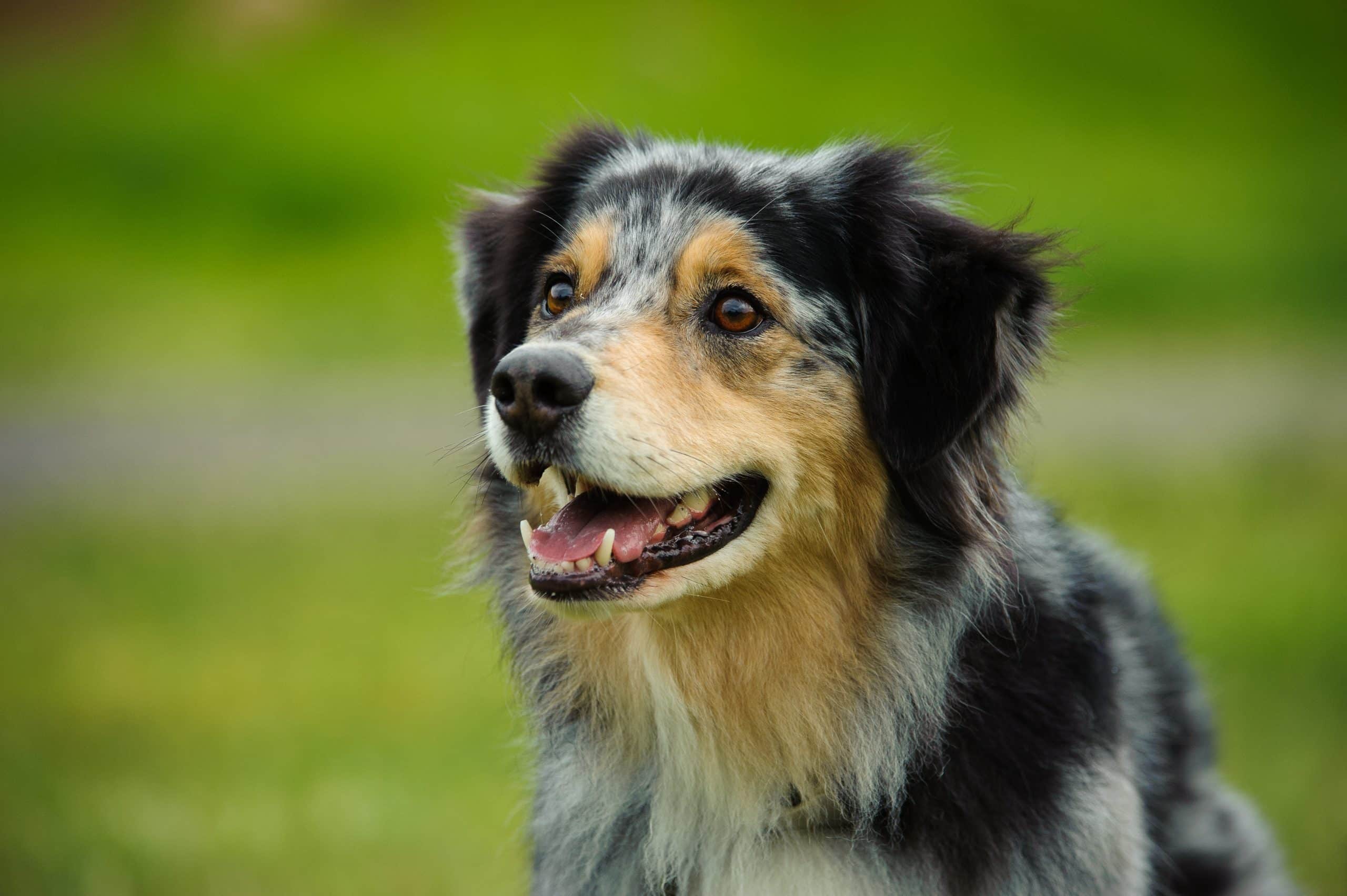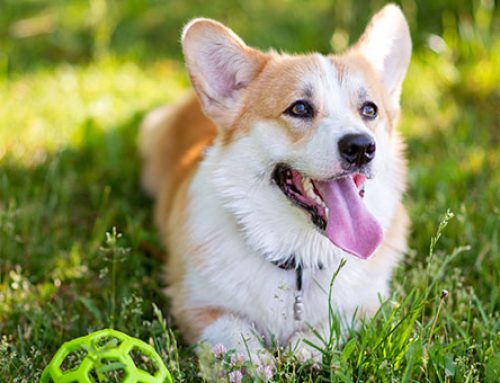INTRODUCTION
Baskerville muzzles are a tool used to protect against bites but not at the expense of your pet’s welfare or happiness. They have a flexible fit for dogs with wider noses and also allows the dog to eat, and therefore accept treats, whilst wearing it.
Their ergonomically designed safety strapping ensures the muzzle will always remain secure in place and features two additional points of secure attachment. The loop at the bottom attaches to the collar and there is an optional removable over-head safety strap. A secure metal buckle with pre-holed webbing ensures it is fully adjustable and quick and easy to fit.
They are made from strong but malleable thermoplastic rubber and it can be moulded to best fit a dog’s muzzle by warming in hot water then cooling in cold to create a broad muzzle for a Boxer or a narrow muzzle for a Borzoi.
The idea of counterconditioning is to progressively replace a negative response (to the muzzle) with a positive response (to treats), so your pet gets accustomed to wearing it and the veterinary visits are safer for all involved. Such techniques encourage the dog to put the muzzle on by moving toward and into the muzzle, rather than the muzzle being forcefully placed on his face. With some dogs, this a very gradual process, in short sessions. It may take weeks until the dog is actually wearing the muzzle, and the dog is the one who determines the rate of progress.
STEP 1
When first introducing the Baskerville muzzle, place food in your hand and allow the dog to eat trough the muzzle, to encourage him to voluntarily put his nose into the muzzle. You should use a high value food rewards. “Smeary” food such as peanut butter, baby food, cream cheese, etc., can be applied to the inside of the muzzle before it is put on or squeezed just inside the front of the muzzle for the dog to lick. Pieces of cheese, hot dog, deli meat, etc. can be offered to be taken trough the muzzle. Continue to do this daily for at least one week or until he is happy.
STEP 2
Once he is accepting treats through the muzzle with ease, you can secure the back strap, which should be sufficiently tight to prevent the dog from removing it. While he is wearing it, continue offering high value treats. Do this daily for at least another week.
HELPFUL TIPS
It is useful to pre-locate the holes in the webbing strap to ensure it is easier to fit when on the dog. Then place the pre-tied strap over the muzzle so it will be easier to move it over the head when the nose is in it.
When fitted, there should be about 1/2 cm (approximately two stacked up quarters) between the end of the dog’s nose and the end of the muzzle.
If you don’t need to use the top strap, it can be removed. We recommend to remove it to make the placement easier.
For more visual information you can watch this video on muzzle training.
















Leave A Comment